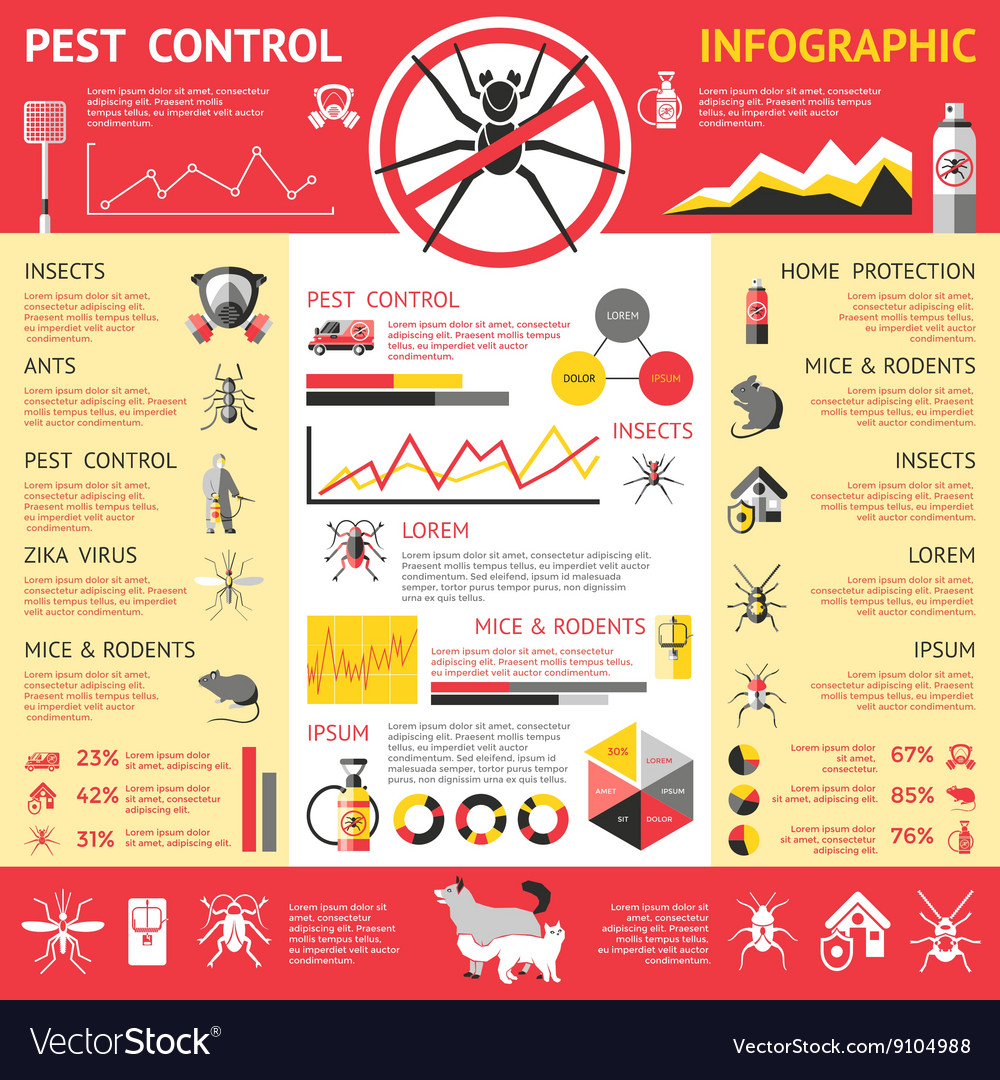Insights From Specialists On Rodent Habits For Successful Parasite Control
Insights From Specialists On Rodent Habits For Successful Parasite Control
Blog Article
Authored By-Medina Stentoft
Picture being able to expect the moves of your opponents in a game of chess, always staying one action ahead.
Worldwide of bug control, comprehending rodent behavior is like having that calculated benefit. By acquiring household ant control into the nesting behaviors, feeding patterns, and communication and social actions of rats, you can efficiently fight these pesky animals.
Yet just how exactly do rodents behave, and why is it important to recognize? In this discussion, we will decipher the secrets of rodent habits, offering you with beneficial understanding that will assist you remain in advance in the battle against bugs.
Are you prepared to uncover the keys of these cunning animals?
Nesting Behaviors
To understand rodent actions and successfully control parasites, it is necessary to acquire insight right into their nesting behaviors.
Rodents, such as mice and rats, have an all-natural impulse to find sanctuary and create nests where they really feel safe and safe and secure. These nests work as their homes, breeding grounds, and storage space locations for food. Understanding their nesting practices can aid you determine potential locations of invasion and carry out targeted control measures.
Rodents generally favor nesting in dark, remote spaces, such as attics, basements, crawl spaces, and wall gaps. They utilize materials like shredded paper, material, insulation, and even chewed-up electrical cables to build their nests.
Feeding Patterns
Rodents show unique feeding patterns that play a critical role in their actions and can notify efficient pest control approaches. Comprehending these patterns is important for carrying out successful insect control steps.
Rodents are opportunistic feeders, meaning they'll take in whatever food is conveniently offered. They prefer high-calorie foods such as grains, nuts, and seeds. This is why correct storage of food and waste management are essential in preventing rodent invasions.
Additionally, rats are nocturnal, which suggests they're most energetic throughout the evening when they search for food. By understanding their feeding patterns, you can strategically place catches and lures to maximize their effectiveness.
Maintaining food sources unattainable and maintaining a clean atmosphere can help deter rats and minimize the danger of invasion.
Interaction and Social Actions
Recognizing how rodents interact and communicate socially is important for reliable parasite control strategies. Rodents, like computer mice and rats, have complicated interaction systems that they utilize to communicate details to every other and coordinate their tasks. rodent removal service are three vital aspects of rodent communication and social behavior:
1. Articulations: Rats produce a wide range of vocal sounds, consisting of squeaks, tweets, and babbling, to communicate with each other. These vocalizations can communicate different messages, such as threat warnings or mating calls.
2. Scent noting: Rodents use scent glands to leave chemical signals on objects and in their setting. These scent marks function as territorial limits and connect information regarding reproductive standing, supremacy, and social affiliation.
3. Social hierarchy: Rats have an ordered social structure, with dominant people having accessibility to resources and preferred nesting websites. Recognizing this power structure is essential for targeting parasite control initiatives and determining key people for removal.
Conclusion
So, there you have it - a short look into the fascinating globe of rodent behavior. By recognizing their nesting routines, feeding patterns, and interaction, we can much better tackle the problem of insect control.
Did you recognize that a women mouse can generate up to 10 trashes each year, with each clutter containing around 5-6 pups? This astonishing fact highlights the importance of punctual and efficient insect administration to stop rodent populations from spiraling out of hand.
